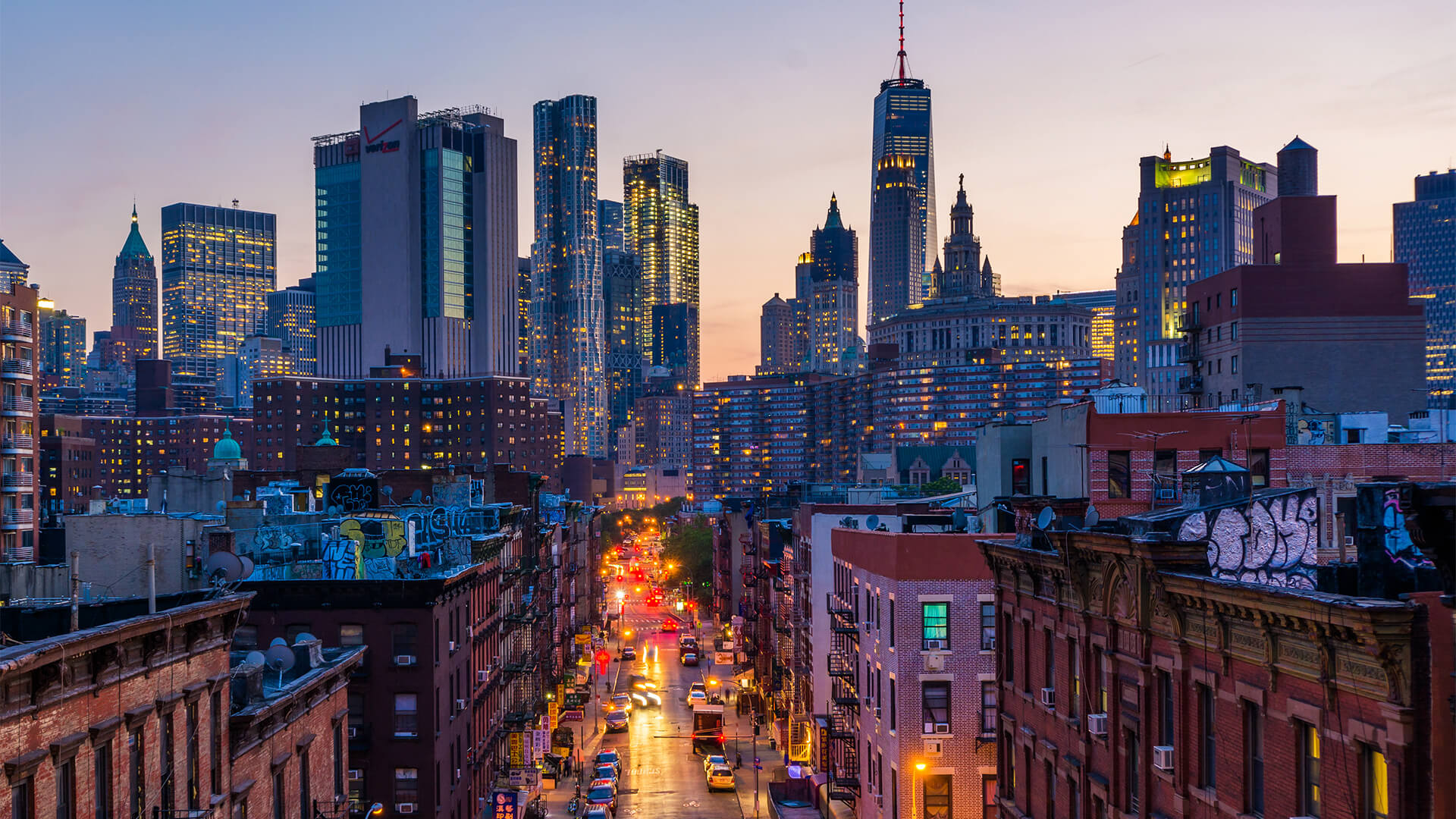With the world’s population now exceeding 8 billion, according to 2022 UN statistics, millions of people live in major cities which contribute considerably to greenhouse gas emissions. While cities are responsible for much of the problem, they also offer a great opportunity to help countries lower their carbon footprint — but only with the right planning.
Rapid urbanisation poses numerous challenges, from vulnerability in natural disasters to the inadequacies of basic infrastructure. These need to be resolved to enable cities to be greener and kinder to the environment. But what does a sustainable city look like in practice and which features do urban planners need to factor in to reduce the carbon emissions of the destination?
What does a sustainable city look like?
Cities encompass a vast array of features that are necessary to our lives, from vital services like hospitals and education facilities to leisure and residential properties. But the phrase ‘concrete jungle’ has emerged as a result of our cities becoming a concentration of buildings and little more, creating polluting pockets of our environment that do nothing to alleviate climate concerns.
The trend towards urbanisation certainly isn’t slowing down, with over half the world’s population living in cities, which means architects, construction teams and city planners need to find ways to create sustainable cities that work in tandem with net-zero goals. While we can’t avoid the need for our cities, we can retrospectively adapt and update our cities to cope with our new climate requirements.
Sustainable cities are engineered to lower the carbon footprint of the area, whether it’s through renewable technology, increasing trees and plants in the area or creating more cycle paths and walking routes. Smart cities are increasingly moving towards climate-friendly ecosystems that are better for the planet and residents, as well as being more affordable for businesses in terms of maintenance and operation.
Green technology is critical to sustainable city planning and urban development, and it factors into every aspect of a city, from transportation and buildings to telecommunications and utilities.
Features of a sustainable cityscape
Green technology supports greener living for us all, from the energy we use to power our homes and commercial buildings to recycling infrastructure that makes it easier for resources to be reused and repurposed. These are some of the most common features that urban planners are starting to incorporate into eco-focused cities around the world.
Renewable energy
Renewable power is a critical component of sustainable architecture, be it solar panels that offer financial and energy stability for businesses or ground source heat pumps that make use of outdoor space more efficiently for homeowners. These technologies are vital for improving energy security but also for meeting certain sustainability requirements such as getting properties LEED-certified and reducing greenhouse gas emissions. Paris has become a leading example of how green building tech and high-density materials that capture and release solar heat can be used to efficiently heat and cool buildings.
Electric Vehicle infrastructure
Countries around the world are looking at ways to reduce greenhouse gases and electric vehicles are the perfect solution to transportation. But the infrastructure has to be in place for drivers to be able to use EVs with the same ease as regular vehicles, whether that’s public access or incentivising homeowners to include them in homes. Cities looking to achieve carbon neutrality need to have sufficient EV charging stations that will help lower transportation emissions and create cleaner, healthier air for city residents. From Rome to Copenhagen, several cities have already started to implement this with great success.
Water conservation
Water conservation is more critical than we realise and local authorities are increasingly seeking ways to preserve our resources and ensure that we have access to clean water in the future. Freshwater accounts for just 3% of the world’s surface waters, and much is in the form of ice, glaciers and groundwater. Water conservation in cities looks like rainwater collection, low-flow plumbing in properties and adjusting water pressure to prevent waste. Desalination is another solution, transforming salt water into fresh water that is particularly beneficial in wetter cities such as London or Glasgow. However, this solution to water preservation only works if desalination plants are powered by renewable energy, since it’s such an energy-intensive process.
Getting around without cars
Vehicles may be convenient, but they’re harmful to the environment and to our respiratory health. So, in striving for a greener city, planners need to create walkable and cyclable cities. From bike bridges to wide pavements and walking routes, designing a city that doesn’t rely on vehicles requires planners to factor in other ways of getting around. This doesn’t just lower the greenhouse gas emissions of a location but lowers congestion, enhances air quality and boosts overall wellbeing of those living in the city.
Examples of greener cities
There’s a race for countries around the world to become more sustainable, and some cities are leading the way. Copenhagen has implemented a vast network of cycle lanes and has plans to be the first carbon-neutral city by 2025, while residents in Amsterdam have been encouraged to install rooftop solar panels which contributes towards the local economy.
In the U.S, Portland and San Francisco are making huge waves in eco-friendly city planning, with rideshare systems for greener commuting methods and zero waste systems in place respectively. Likewise, in Seoul, expressways and concrete paving were removed in 2003 in place of parks which have reinvigorated wildlife and successfully reduced urban heat in the area.
The importance of more sustainability in city planning can’t be understated, and local authorities need to make changes quickly in order to reverse environmental damage. Greener ecosystems in our cities can contribute toward net-zero targets, but they also make for a healthier place to live. A green city can help to mitigate some of the effects of global warming and preserve our resources, making better use of eco-friendly alternatives such as water, wind and solar power.

































